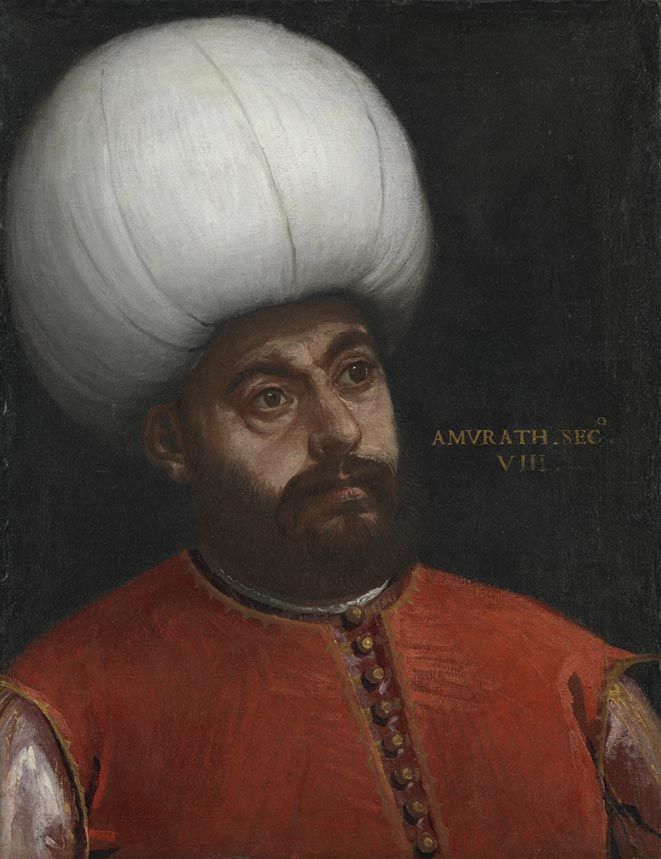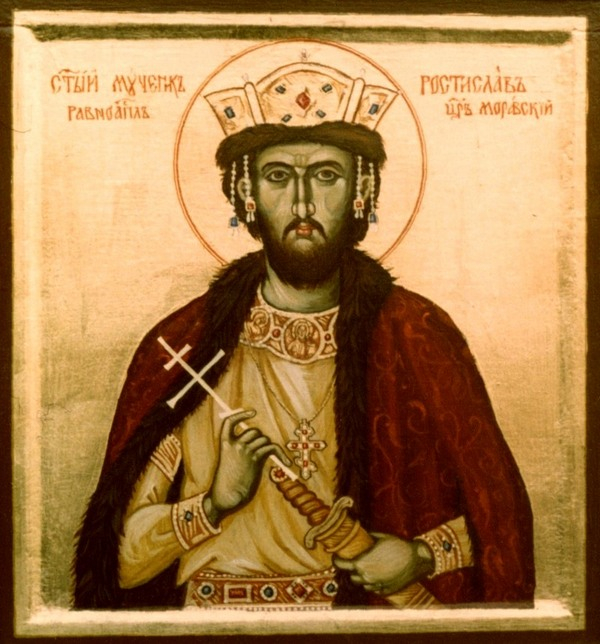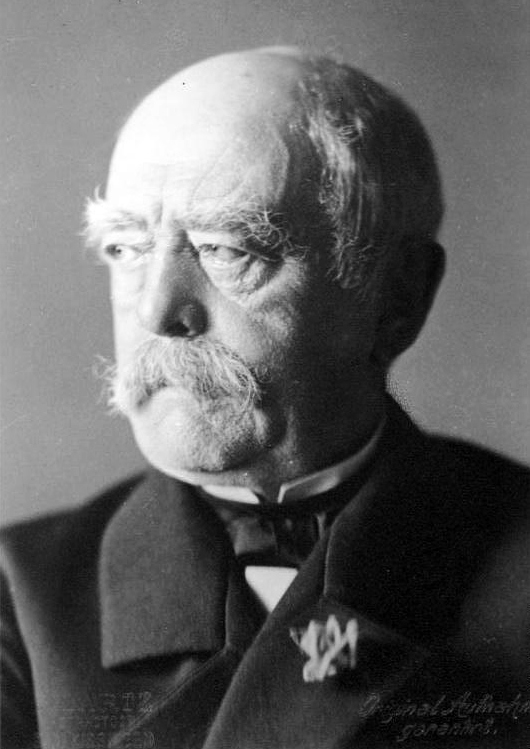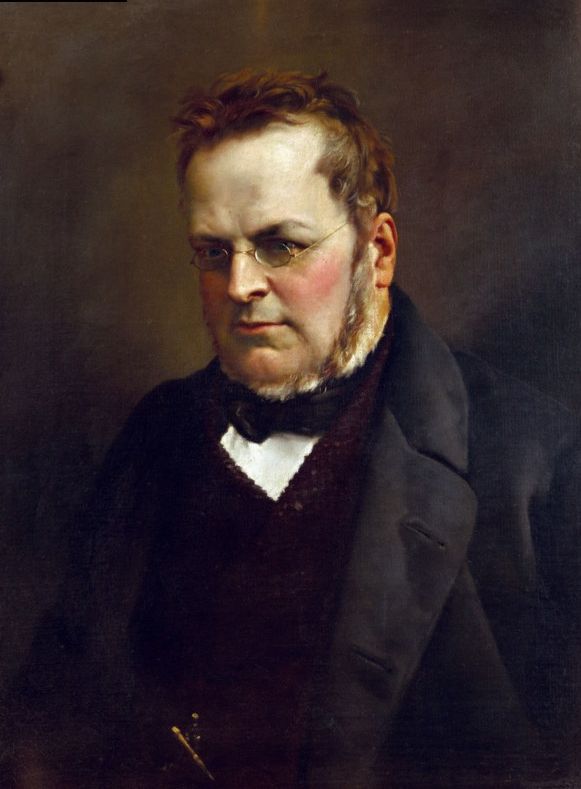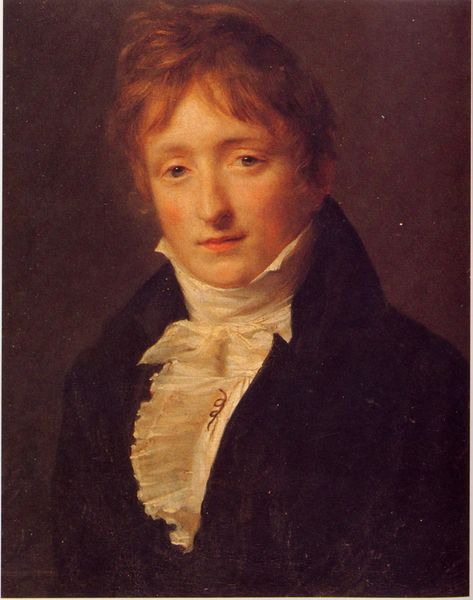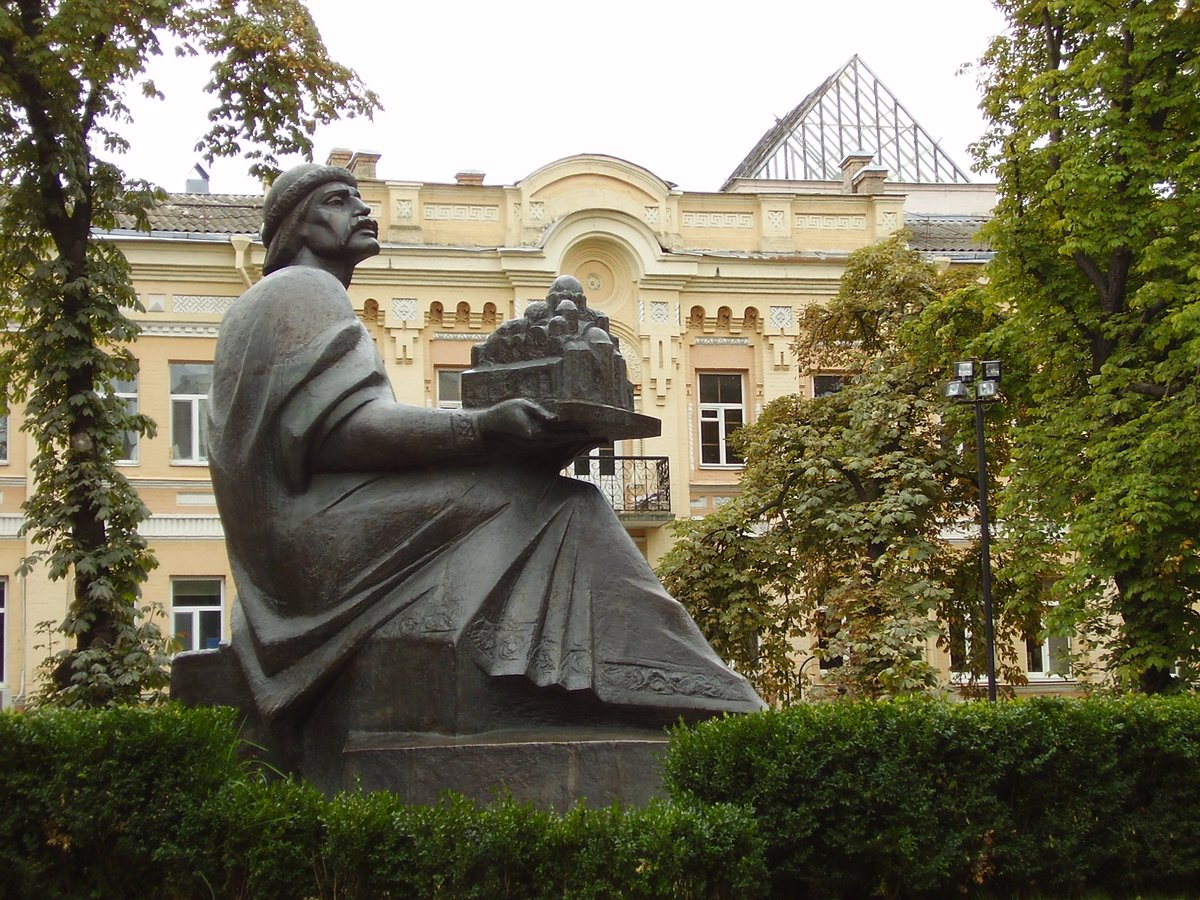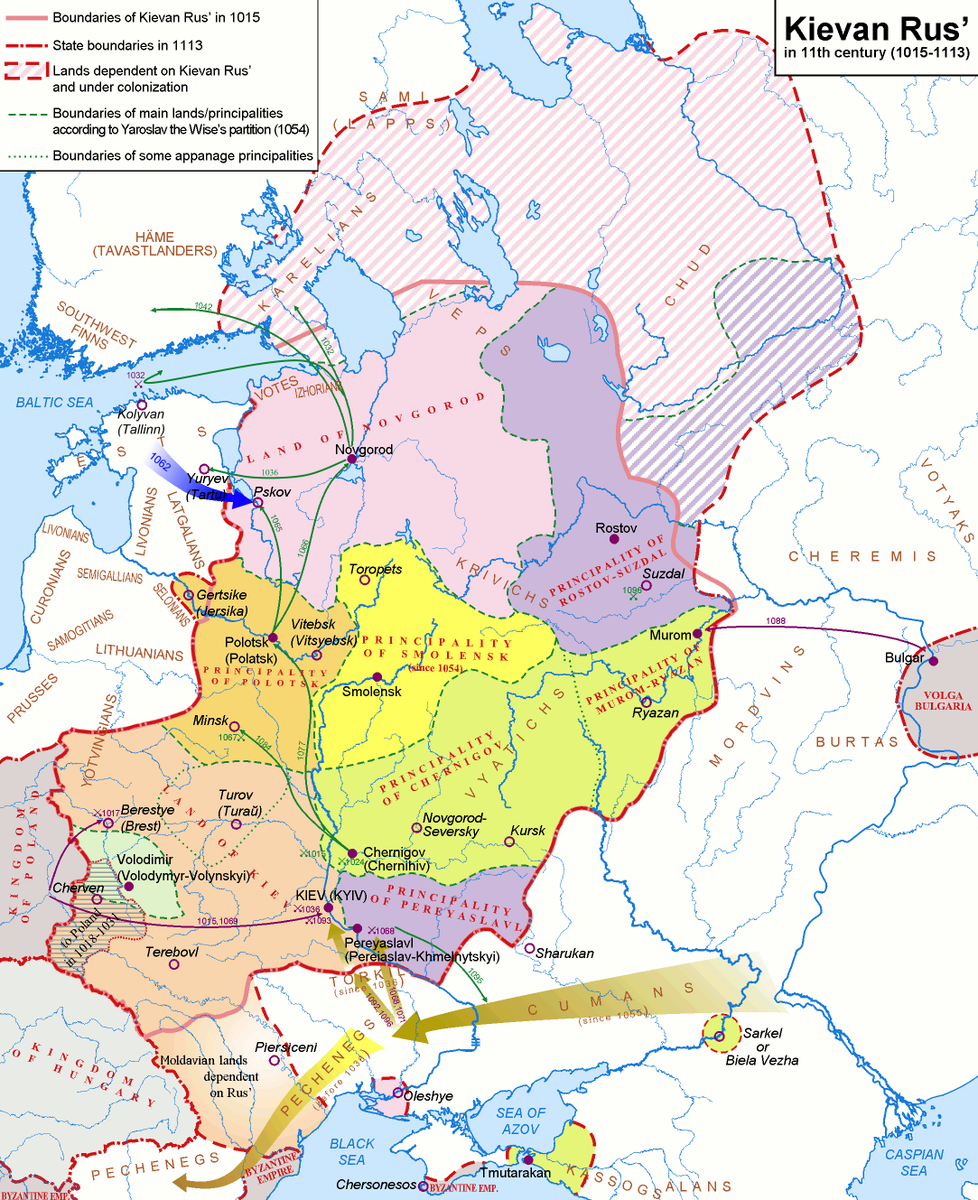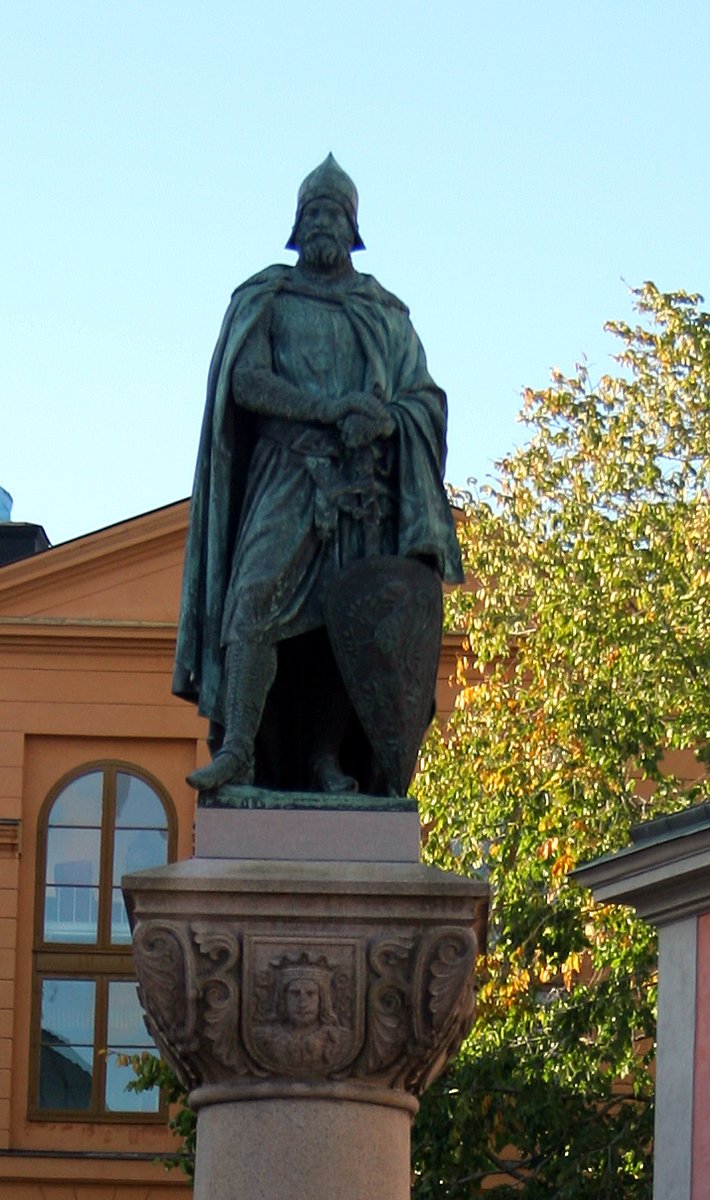As an empire broke into pieces, a prince seized power of a piece.
The broken shard almost manages to reunite the empire, only for it to fall down once again.
Reduced to its original territory, the region was the last piece of the empire to fall.
Story in the evening ...
The broken shard almost manages to reunite the empire, only for it to fall down once again.
Reduced to its original territory, the region was the last piece of the empire to fall.
Story in the evening ...
https://twitter.com/Arby_K/status/1592344134009950211
Theodoros Angelos was born around 1180 to Ioannes Angelos and Zoe. Ioannes Angelos was a grandson of Alexios Komnenos, the Emperor of Constantinople, and Eirene Doukaina, through their daughter Theodora. Ioannes and his brother Andronikos also used Doukas as their surname. 1/10 

In 1185, Isaakios Angelos, son of Andronikos, became Emperor of Constantinople, after Andronikos Komnenos, grandson of Emperor Alexios who had seized power in Constantinople, was killed. But the empire fell into disarray, when Isaakios was usurped by his own brother Alexios. 2/10 

Ioannes "Doukas" Angelos watched the chaos unfold and even attempted to become Emperor in 1199. But in 1204, Crusaders besieged Constantinople and expelled its Roman Greek rulers. Theodoros fled to Nicaea, where a son-in-law of Alexios Angelos got proclaimed as emperor. 3/10 

In the meantime, Mikhael Angelos, an illegitimate son of Ioannes Doukas Angelos, set up his own independent rule in Epirus on the Adriatic coast. Theodoros joined his brother. The brothers consolidated their rule of Epirus and added Thessaly, Dyrrachium and Korfu. 4/10 

In 1215, Mikhael was murdered and was succeeded by his young son, Mikhael. But Theodoros expelled his nephew and seized power. He continued his brother's expansive moves and gained territory at the cost of the Kingdom of Thessalonica. 5/10 

In 1216, he captured the French prince, Pierre de Courtenay, who had become the emperor at Constantinople with his marriage to the sister of the earlier Latin emperors. By 1224, Theodoros had annexed the kingdom of Thessalonica and got himself crowned emperor in 1225. 6/10 

Theodoros advanced on to Constantinople but faced resistance. The Byzantine remnant of Nicaea still claimed to be the true empire. Theodoros allied with Bulgars and defeated Nicaea at Adrianople, taking the city. In 1228, the Bulgars appeared to ally with Constantinople. 7/10 

Instead of recovering Constantinople, Theodoros invaded Bulgaria. Though caught off guard, it was the Bulgar Tsar Ivan Asen who won the battle. Theodoros was captured and blinded. Ironically, the Bulgar Constantinople alliance did not work out. 8/10 

The Bulgars invaded Thessalonica and Thessaly. Theodoros' younger brother Manuel managed to hold on to Thessaly, while in Epirus his nephew Mikhael returned to power. Theodoros was freed in 1237 and he deposed Manuel and installed his son Ioannes as ruler in Thessalonica. 9/10 

Thessaly was annexed by Epirus in 1241, while Thessalonica fell to Nicaea in 1246. Nicaea captured Constantinople in 1261 and Epirus in 1337. But the descendants of Mikhael from Tocco family ruled different parts of Epirus until 1479, when it finally fell to the Ottomans. 10/10 

• • •
Missing some Tweet in this thread? You can try to
force a refresh


